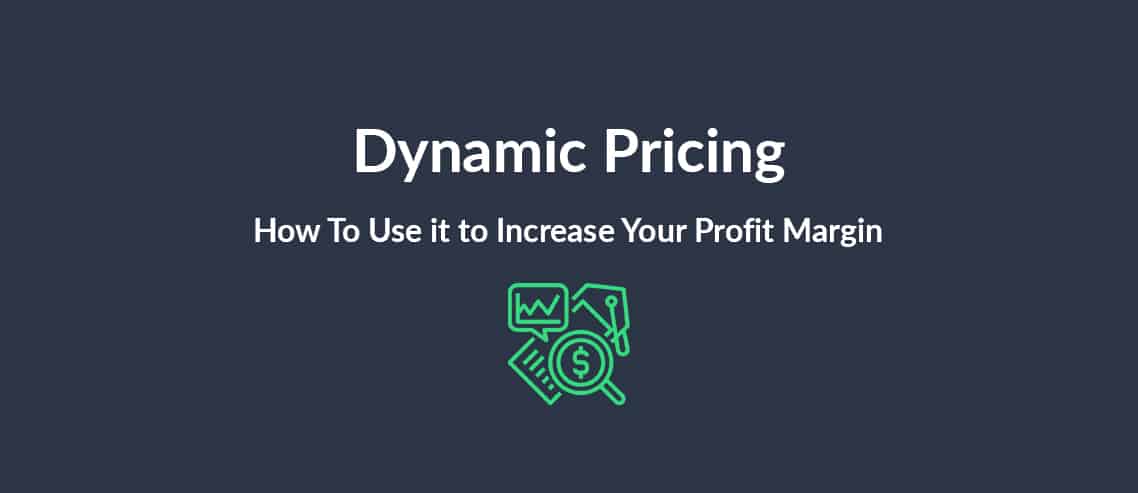Right now, Magento is the second most popular e-commerce platform in the world, with over 12 300 stores running on it. The reasons for its popularity lie in the platform’s level of customization, usability, and performance quality.
Merchants are using either Magento 1 or Magento 2 platform versions but this will change very soon. In fact, June 2020 will be the month when support for Magento 1 officially ends – and that means, retailers have to start planning their migration strategy.
Even though it seems like you still have a lot of time before migrating, we highly recommend beginning right now. Below you will see the reasons why you need to do so and how to migrate in the most hassle-free manner without harming your sales and traffic.
Security issue
The first and foremost thing to keep in mind about Magento 1 is the end of security updates. Once support for Magento 1 is finished, this version of the platform will not be receiving any security patches and hence will become incredibly vulnerable for the hackers.
Cybersecurity is a big deal and for e-commerce, the issue is especially critical as any e-commerce store processes the great amount of sensitive customers’ data. In 2018, the average cost of a data breach per record was approximately $148 – imagine a company with over a million records.
This is why it is vital for e-commerce store owners to do their best to protect their store from hackers and ensure it’s a safe place for financial transactions and data storing.
Limited functionality
Magento 1.9 is the last version of Magento 1. That means, it does not receive any updates on functionality and will become terribly outdated in a couple of years.
Unlike Magento 1, Magento 2 constantly receives updates that make the development process easier and improve the shoppers’ experience.
As well, keep in mind that third-party extensions may also not be compatible with Magento 1 so your store will get stuck in its current phase with no competitive advantage.
Performance quality
Magento 2 by default has a number of built-in features that make it a better choice than Magento 1:
- full page cache
- PHP 7
- Ajax cart
- faster front-end
And many others. Magento 2 is designed to deliver the ultimate shopping experience for the users and eliminate headache for the developers.
Store appearance
Let’s be honest, Magento 1 themes look…outdated.
While Magento 2 tries to deploy the best UX/UI practices in its theme development, Magento 1 will retain the same look from now one due to the lack of updates.
Though seemingly minor, the issue is quite important. Store appearance is the very first thing that users notice upon hitting the homepage and it may impact their purchasing decision.
So for you, it is important to keep your store theme in correspondence with the UX/UI requirements and make it appealing for the shoppers to eliminate the risk of them leaving your site.
Cost of support
If you decide to stay on Magento 1, the costs of supporting the store will be rising in a steady manner.
Think about it: the platform will not be compatible with the newest development tools and will require lots of time and resources to keep everything working. So instead of focusing on better customer service, you will waste time trying to fix the broken parts or forcing the site to go faster.
Mythbusters: answering your biggest questions about migration
Choosing Magento 2 for your store is a beneficial decision that will help you generate more conversions and traffic. But migration is a complex process and hides many pitfalls that inexperienced merchants or developers may stumble upon.
The most common concerns about store migration are:
- too expensive
- too complicated
- too much time
Let’s see each of these ones by one and find out whether there is anything to worry about.
Price
Store migration indeed may be costly. But think about it this way: if you stay on Magento 1, you will eventually spend much more on store support, extra marketing activities, and other things to keep your store afloat.
You will invest a certain amount of money on the migration process but will not have to worry about anything once it’s done. Magento 1, on the other hand, will constantly require new investments that may not even pay off.
Complexity
Store migration is complex indeed – but that’s what Magento developers work for.
An experienced Magento agency will take full care of the migration so you won’t have to worry about anything. However, make sure they pay extra attention to the following areas:
- data migration
- custom extensions migration
These two things are the most sensitive in the migration process and need a careful approach and vast knowledge and experience.
Time
It will take minimum a month to migrate the store but it all depends on its complexity and custom elements.
On average, migration to Magento 2 may take about a few months. If some company claims they can do it in less than a month, that’s a warning sign that you may have met scammers.
Post-migration maintenance
Store migration heavily impacts SEO which leads to traffic and conversions dropdown. Seems like it’s a valid reason to worry about migrating your store.
Cart2Cart is a popular online service that can handle data migration from Magento 1 to the latest Magento 2 in hours and is quite user-friendly (even for users without a solid technical background).
Magento development services provided by the agency usually include post-migration maintenance. Ask your developers to help you configure the store after migration and get it back on tracks. Pay attention to broken links and 404 errors and double-check whether your store has any duplicate content (and fix it ASAP!).
Summary
Migration of your store from Magento 1 to Magento 2 is a necessity that comes with many benefits: improved performance and usability, access to the cutting-edge tools, support from the development community. Considering the advancement of technology and growing users’ requirements, you want to make sure your store is optimized for the latest technological demands and provides high-quality experience both for the shoppers and the developers.



Leave a Reply